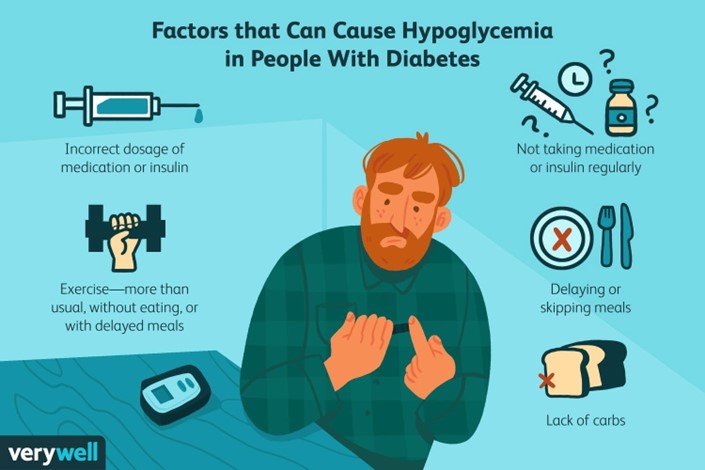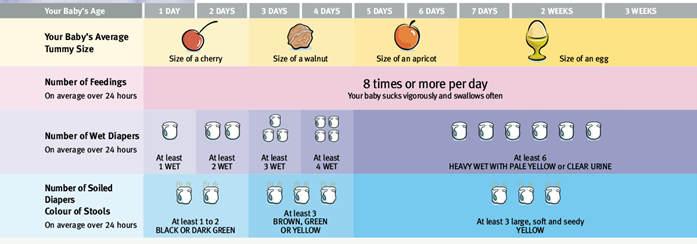A nurse is assessing a newborn who is 4 hr. old. Which of the following findings should the nurse identify as the priority to report to the provider?
Overlapping of the cranial bones
Small, distended white sebaceous glands on the face
Forward and lateral positioning of the ears
Bluish discoloration of the hands and feet
The Correct Answer is D
In a newborn, bluish discoloration of the hands and feet may indicate a condition called peripheral cyanosis, which suggests poor oxygenation. It is important to report this finding to the healthcare provider promptly, as it may indicate a respiratory or circulatory problem that requires immediate attention.
Option a) Overlapping of the cranial bones is a common finding in newborns due to the molding of the head during delivery. This is not a priority finding to report unless there are other signs of concern, such as abnormal head shape or signs of trauma.
Option b) Small, distended white sebaceous glands on the face are called milia and are a normal finding in newborns. They are not a priority finding to report and typically resolve on their own within a few weeks.
Option c) Forward and lateral positioning of the ears is a normal finding in a newborn and is not a priority to report. The ears may appear folded or positioned differently due to the pressure and positioning in the womb.
Nursing Test Bank
Naxlex Comprehensive Predictor Exams
Related Questions
Correct Answer is D
Explanation
A postpartum client who has type 1 diabetes mellitus and is breastfeeding her newborn should maintain
scheduled mealtimes for herself to prevent hypoglycemia and ensure adequate milk production¹. Breastfeeding may lower glucose levels in the parent and the risk of type 1 and type 2 diabetes in the child¹. Breastfeeding may also help the parent lose weight, prevent diabetes-related complications, and reduce the chances of some cancers¹.
The other options are incorrect because:
a) Taking more insulin with each meal than you did prior to pregnancy may cause hypoglycemia, especially if you are breastfeeding. You should adjust your insulin doses according to your blood glucose levels and carbohydrate intake, and consult your doctor or diabetes educator for guidance²³.
b) Checking your blood glucose levels every 8 hours is not frequent enough to monitor your diabetes during breastfeeding. You should check your blood glucose levels before and after each breastfeeding session, as well as before meals and snacks, at bedtime, and during the night if needed²³.
c) Limiting your carbohydrate intake to 30 grams per day is too restrictive and may impair your milk production and quality, as well as cause hypoglycemia or ketoacidosis. You should consume adequate carbohydrates from healthy sources, such as whole grains, fruits, vegetables, legumes, and dairy products, to meet your energy and nutritional needs²³.

Correct Answer is A
Explanation
Urination is an important indicator of a newborn's hydration and kidney function. A newborn should urinate at least six times a day, or once every four hours, by the fifth day of life. The urine should be clear or pale yellow and have no strong odor or blood. A newborn who urinates less than six times a day may be dehydrated, have a urinary tract infection, or have a kidney problem .
Therefore, the nurse should instruct the client to monitor her baby's urination and notify the pediatrician if he urinates less than six times a day. The nurse should also teach the client how to prevent dehydration in her baby, such as:
- Feeding the baby frequently, either breast milk or formula, according to his hunger cues and weight gain
- Offering the baby extra fluids in hot weather or when he is sick
- Avoiding giving the baby water, juice, or cow's milk before six months of age
- Checking the baby's diapers for wetness and changing them promptly
- Checking the baby's mouth for dryness and his fontanelle for sunkenness
The other statements are not correct and should not be made by the nurse:
- b) "Swaddle your baby tightly with his legs extended before laying him down to sleep." This is not correct because swaddling a baby too tightly or with his legs extended can cause problems, such as overheating, hip dysplasia, or restricted breathing. The nurse should teach the client how to swaddle her baby safely and comfortably, such as:
- Using a thin blanket that is breathable and does not cover the baby's head or face
- Wrapping the blanket snugly around the baby's chest and arms, but leaving some room for his hips and legs to move freely
- Placing the baby on his back to sleep on a firm and flat surface with no pillows, blankets, or toys
- Stopping swaddling when the baby shows signs of rolling over or breaking free from the blanket
c) "Place triple antibiotic ointment on your baby's umbilical cord twice per day." This is not correct because placing ointment on the umbilical cord can delay its healing and increase the risk of infection. The nurse should teach the client how to care for her baby's umbilical cord until it falls off naturally, usually within one to two weeks after birth, such as:
- Keeping the cord clean and dry by using a cotton swab dipped in water or alcohol to gently wipe around it
- Folding the diaper below the cord to prevent irritation or wetness
- Dressing the baby in loose-fitting clothes that allow air circulation around the cord
- Avoiding bathing the baby in a tub until the cord falls off and heals
- Watching for any signs of infection, such as redness, swelling, pus, foul odor, or bleeding
d) "Retract the foreskin to clean your baby's penis during each bath." This is not correct because retracting the foreskin of a newborn can cause pain, injury, or infection. The foreskin of a newborn is usually attached to the head of the penis (glans) and does not need to be retracted for cleaning. The nurse should teach the client how to clean her baby's penis during each bath, such as:
- Using warm water and mild soap to gently wash the outside of the penis
- Rinsing well and patting dry with a soft towel
- Leaving the foreskin alone and never forcing it back
- Changing diapers frequently and keeping them clean and dry

Whether you are a student looking to ace your exams or a practicing nurse seeking to enhance your expertise , our nursing education contents will empower you with the confidence and competence to make a difference in the lives of patients and become a respected leader in the healthcare field.
Visit Naxlex, invest in your future and unlock endless possibilities with our unparalleled nursing education contents today
Report Wrong Answer on the Current Question
Do you disagree with the answer? If yes, what is your expected answer? Explain.
Kindly be descriptive with the issue you are facing.
